In the vast world of ornithology, few stories capture the imagination quite like those of species returning from the brink of oblivion. When a bird presumed extinct suddenly reappears after decades of absence, it represents not just a scientific marvel but a poignant reminder of nature’s resilience and our incomplete understanding of the natural world. These rediscoveries offer hope in an era of biodiversity loss and serve as compelling case studies in conservation biology. From dense rainforests to remote islands, these “Lazarus species” challenge our assumptions and remind us that sometimes, what we believe lost may simply be hiding, awaiting rediscovery by those persistent enough to keep searching.
The Phenomenon of “Lazarus Species”
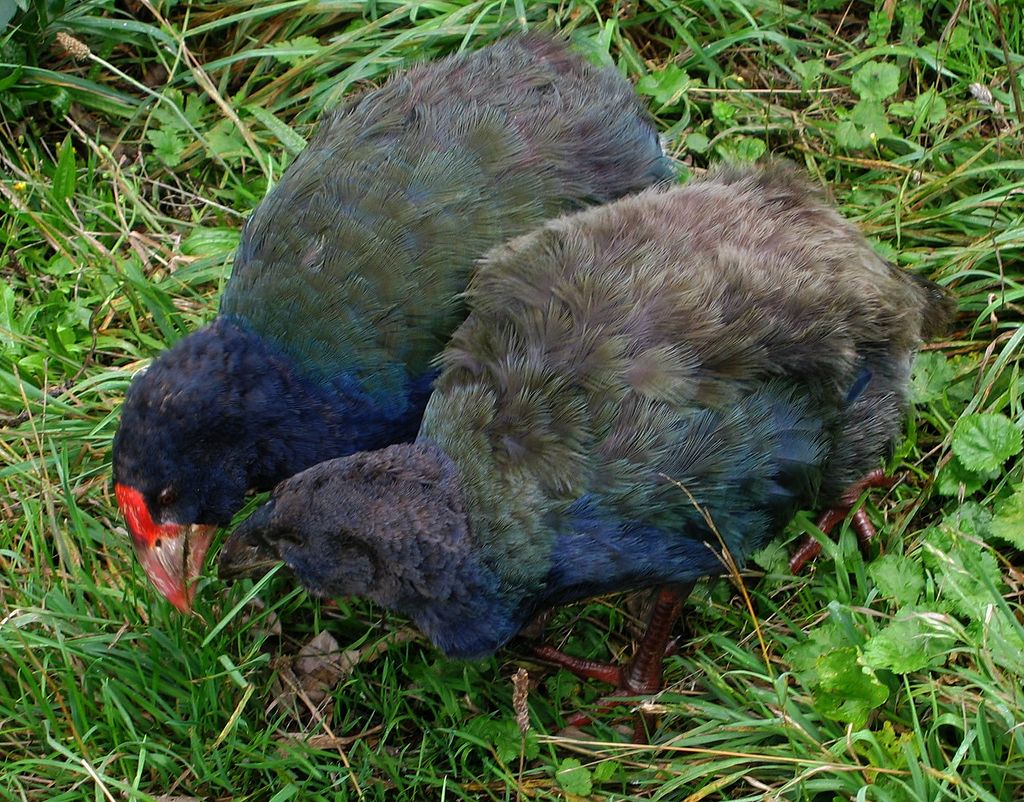
The term “Lazarus species” refers to organisms that disappear and are presumed extinct, only to be rediscovered alive later—a biblical reference to Lazarus, who was raised from the dead. In ornithology, these rediscoveries occur with surprising frequency, challenging the finality of extinction declarations. Scientists must navigate a complex decision-making process when declaring a species extinct, typically requiring decades without confirmed sightings despite targeted search efforts. The rediscovery of presumed-extinct birds often generates substantial scientific excitement, resulting in renewed conservation efforts and sometimes revealing that the species had been surviving in small, isolated populations all along. These rediscoveries underscore the limitations of our survey methodologies and the incredible persistence of some species even when reduced to critically small numbers.
The Bermuda Petrel’s Remarkable Return
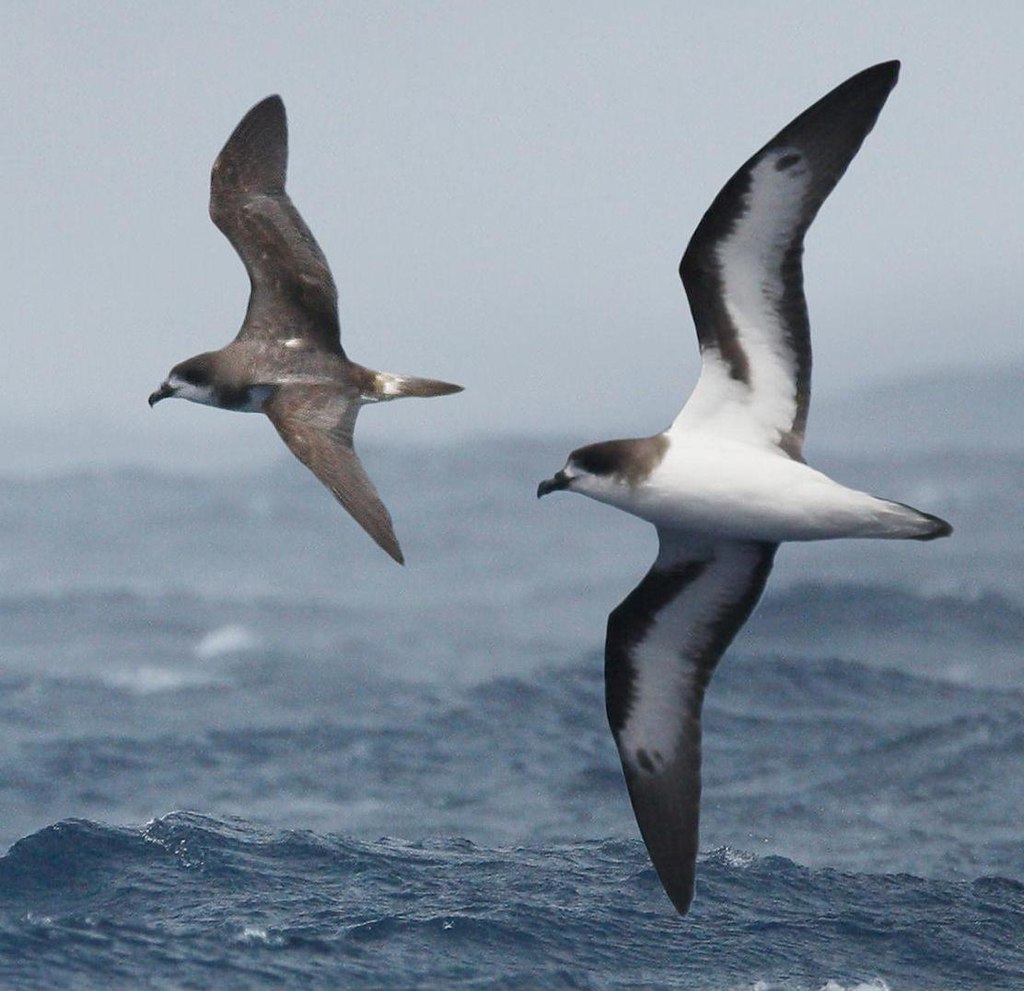
Perhaps one of the most celebrated avian comebacks is that of the Bermuda Petrel or Cahow (Pterodroma cahow), a seabird once abundant on Bermuda before European colonization. By the 1620s, the species was considered extinct due to habitat destruction, introduced predators, and human hunting. For over three centuries, the Cahow existed only in historical accounts and folklore, until an astonishing rediscovery in 1951 when 18 nesting pairs were found on small offshore islets. This rediscovery initiated one of conservation’s most dedicated recovery programs, spearheaded by David Wingate who devoted his entire career to saving the species. Today, after intensive management including artificial burrow construction and predator control, the population has increased to over 130 breeding pairs—a remarkable recovery from presumed extinction for more than 300 years.
The New Zealand Takahē: From Museum Specimen to Living Bird

The takahē (Porphyrio hochstetteri), a flightless rail endemic to New Zealand, presents another compelling story of rediscovery. After European settlement brought invasive predators to New Zealand, takahē populations plummeted until the species was declared extinct in 1898 after decades without confirmed sightings. However, in 1948, physician and naturalist Geoffrey Orbell rediscovered a small population in an isolated valley in Fiordland, South Island. The scientific community was electrified by finding a species known only from museum specimens and Māori oral traditions for half a century. Following rediscovery, intensive conservation efforts including captive breeding, predator control, and translocations to predator-free islands have slowly rebuilt the population from fewer than 250 birds to approximately 400 today. The takahē’s story illustrates how even large, distinctive species can persist undetected when confined to remote, inaccessible habitat.
The Ivory-billed Woodpecker: Controversy and Hope
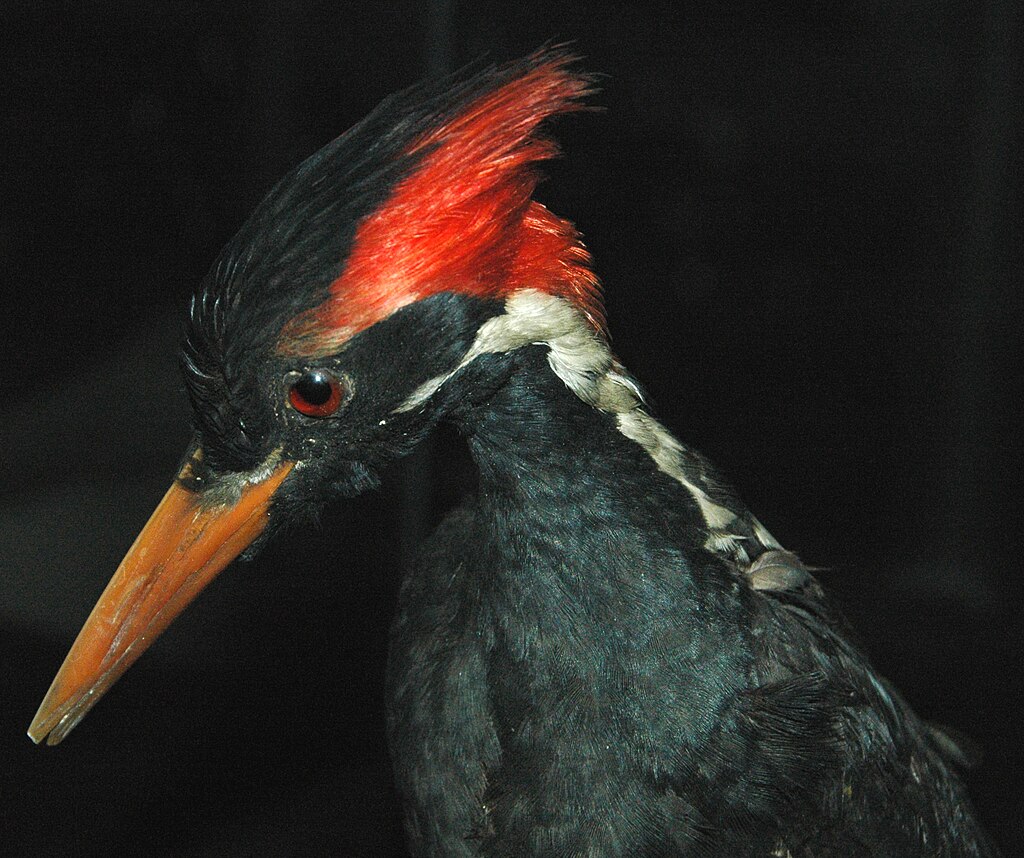
Few presumed extinctions and potential rediscoveries have generated as much controversy as the Ivory-billed Woodpecker (Campephilus principalis), once native to mature forests in the southeastern United States and Cuba. After extensive logging decimated its habitat, the last universally accepted sighting in the continental U.S. occurred in 1944, leading to its presumed extinction. However, in 2005, a team from Cornell University published evidence claiming to have rediscovered the woodpecker in Arkansas, including video footage that sparked heated debate among ornithologists. Despite extensive subsequent searches and a $10 million conservation effort, conclusive proof of the species’ continued existence remains elusive, with some experts contesting the identification in the 2005 footage. The U.S. Fish and Wildlife Service recently proposed declaring the species extinct, yet some researchers and birdwatchers maintain hope, continuing searches in remote bottomland forests. The case demonstrates the challenges in definitively confirming extinction, especially for species inhabiting dense, inaccessible habitats.
The Black-naped Pheasant-Pigeon: A 140-Year Disappearance
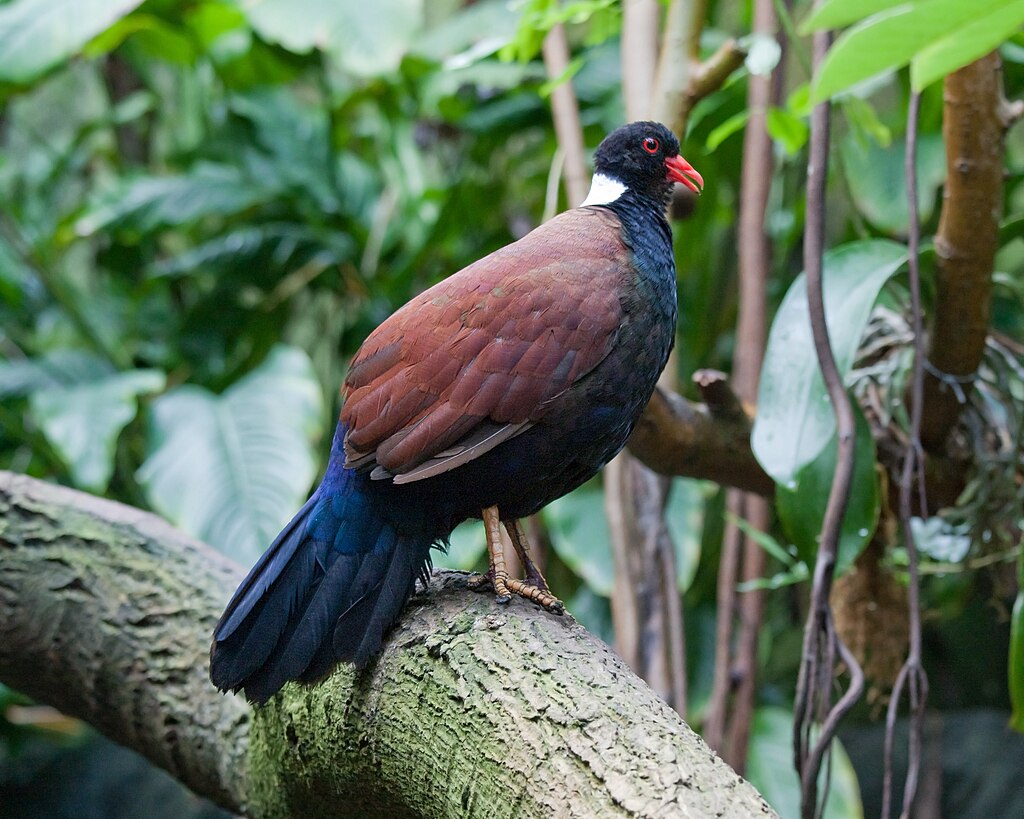
In a particularly recent rediscovery, the Black-naped Pheasant-Pigeon (Otidiphaps insularis) was photographed for the first time in 2022, ending a 140-year absence from scientific records. This elusive ground-dwelling bird, endemic to Ferguson Island off Papua New Guinea, was known only from a single specimen collected in 1882, with no confirmed sightings since despite numerous expeditions. The breakthrough came when researchers from the Cornell Lab of Ornithology, using camera traps and interviews with local communities, finally captured clear images of the bird in remote limestone forest. Local hunters had maintained knowledge of the bird’s existence despite its scientific disappearance, demonstrating the critical importance of indigenous knowledge in biodiversity research. The pheasant-pigeon’s rediscovery highlights how even in our era of advanced technology, biologically rich but remote areas still harbor species that can evade scientific detection for generations.
Madagascar’s Dusky Tetraka: Found After 24 Years
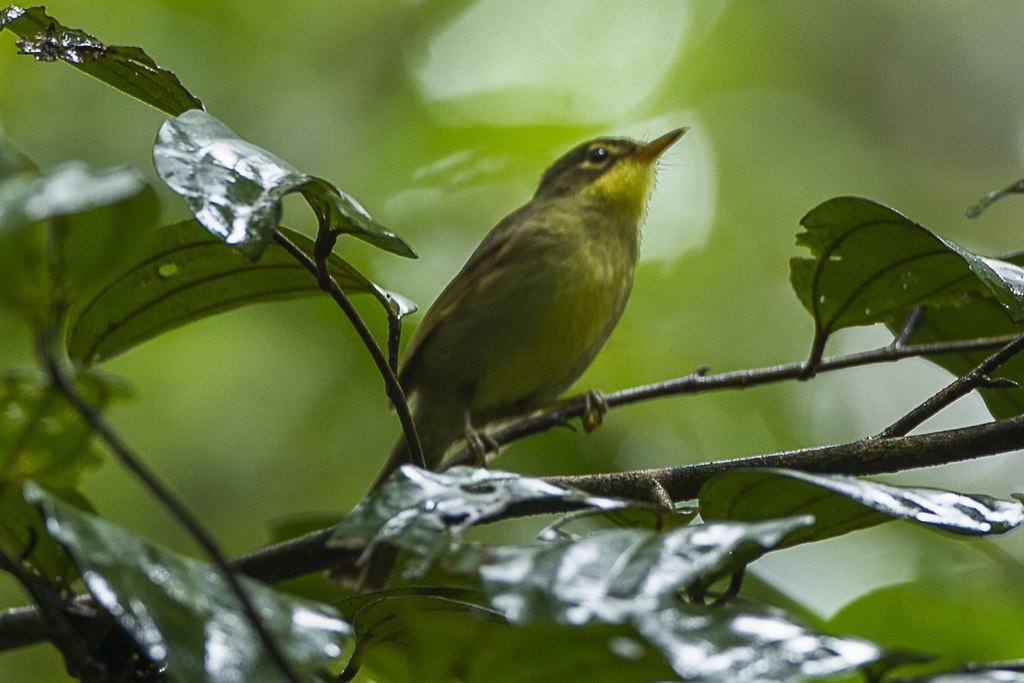
The Dusky Tetraka (Crossleyia tenebrosa), a small warbler-like bird from Madagascar’s eastern rainforests, was another species long feared extinct until its dramatic rediscovery in 2023. Before this sighting, the bird had not been documented since 1999, despite being one of the most sought-after “missing” birds among ornithologists. A dedicated expedition by the American Bird Conservancy and partners finally relocated the species in dense undergrowth alongside rocky streams in Madagascar’s lowland rainforests. The rediscovery required intensive searching in challenging terrain, far from roads and human settlements, underscoring why the species had evaded detection for so long. The Dusky Tetraka’s habitat continues to face severe threats from deforestation, illegal mining, and agricultural expansion, making its rediscovery simultaneously heartening and concerning for conservationists who now face the challenge of protecting this newly-confirmed extant species.
The New Caledonian Owlet-Nightjar: 112 Years of Absence
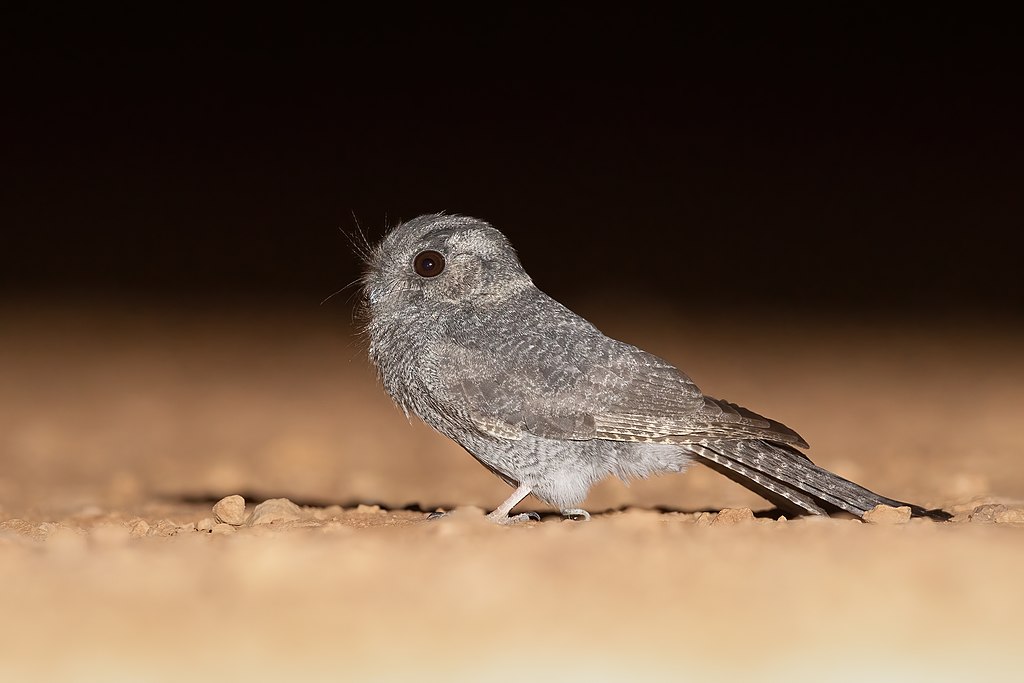
The New Caledonian Owlet-Nightjar (Aegotheles savesi) represents one of ornithology’s most enigmatic rediscoveries. Known only from a single specimen collected in 1880, this nocturnal bird from the French territory of New Caledonia was long presumed extinct until a shocking nocturnal encounter in 1998. During a nighttime survey, researchers spotted the distinctive bird in dense montane forest, providing the first confirmation of its existence in 112 years. Following this initial rediscovery, however, the species has proven exceptionally difficult to study, with only a handful of confirmed sightings in subsequent decades. Scientists believe the owlet-nightjar may persist in very low numbers, with specialized habitat requirements that make it both rare and difficult to detect even with modern survey methods. The species remains one of the world’s least-known birds, with virtually nothing documented about its ecology, breeding biology, or specific conservation needs.
The Cebu Flowerpecker: Surviving in Forest Fragments
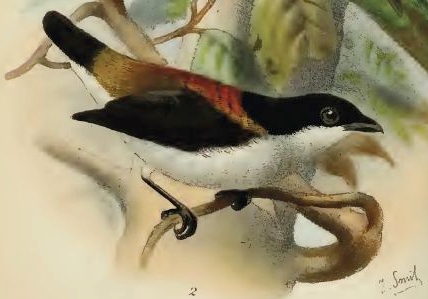
The Cebu Flowerpecker (Dicaeum quadricolor), endemic to Cebu Island in the Philippines, demonstrates how even the tiniest habitat fragments can harbor species long thought extinct. By the early 20th century, Cebu had lost over 99% of its original forest cover to agriculture and development, leading scientists to declare several endemic species, including the flowerpecker, extinct. However, in 1992, researchers made the stunning discovery of a small population surviving in just 15 hectares of degraded forest—a mere fragment of their former range. Subsequent surveys found additional birds in scattered forest patches, revealing the species’ remarkable persistence despite catastrophic habitat loss. Today, conservation efforts focus on protecting these remaining forest fragments and restoring connectivity between them, though the flowerpecker remains critically endangered with fewer than 200 individuals estimated. This rediscovery underscores the importance of protecting even small habitat remnants as potential refuges for supposedly extinct species.
The Scientific Impact of Avian Rediscoveries
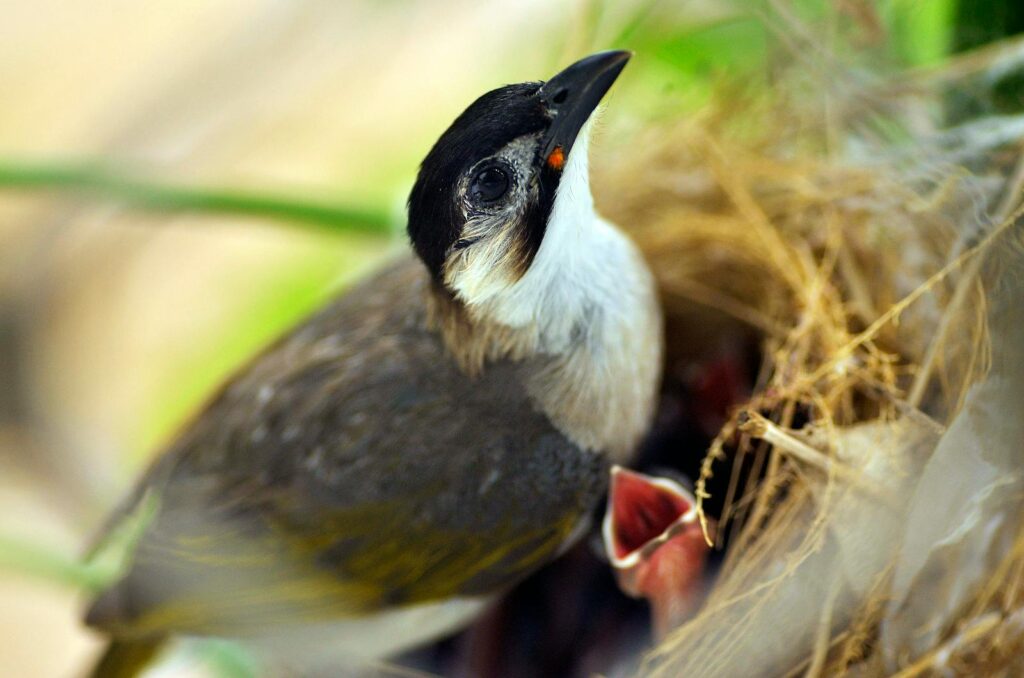
When birds return from presumed extinction, their rediscovery carries significant scientific implications beyond the individual species. These events often force revisions in our understanding of the species’ ecological requirements, revealing previously unknown adaptability or specialized habitat needs that enabled their persistence. Rediscoveries frequently lead to new research funding and expeditions, generating additional biological discoveries in understudied ecosystems. From a conservation science perspective, rediscovered species offer unique opportunities to study resilience and minimum viable population sizes, as many have persisted with extremely small populations for extended periods. Additionally, rediscoveries have methodological implications, prompting ornithologists to develop more sophisticated survey protocols and technologies, including environmental DNA sampling, bioacoustic monitoring, and increased reliance on local ecological knowledge—approaches that have subsequently benefited the broader field of biodiversity monitoring.
Conservation Strategies Following Rediscovery
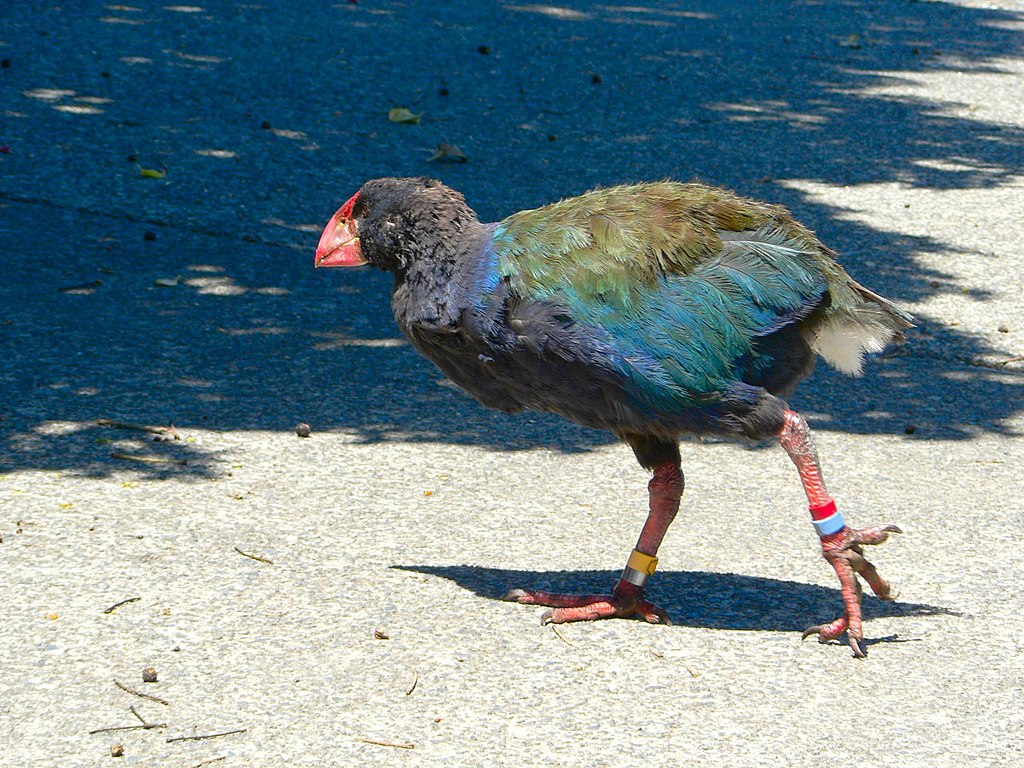
Rediscovering a presumed-extinct bird species presents both opportunities and challenges for conservation practitioners. The immediate priority typically involves implementing emergency protection measures for the newly confirmed population, often including habitat protection, predator control, and sometimes legal protection under endangered species legislation. Many rediscovered species require intensive management interventions, such as captive breeding and reintroduction programs for the New Zealand takahē or artificial nest construction for the Bermuda petrel. Conservation geneticists play a crucial role in assessing genetic diversity in these often small, isolated populations, helping to manage genetic bottlenecks and inbreeding depression through careful breeding programs. Perhaps most challenging is securing long-term funding and institutional commitment for these conservation programs, as the initial excitement of rediscovery can wane while the species remains in need of ongoing protection measures that may be required for decades.
The Role of Local Communities in Rediscoveries
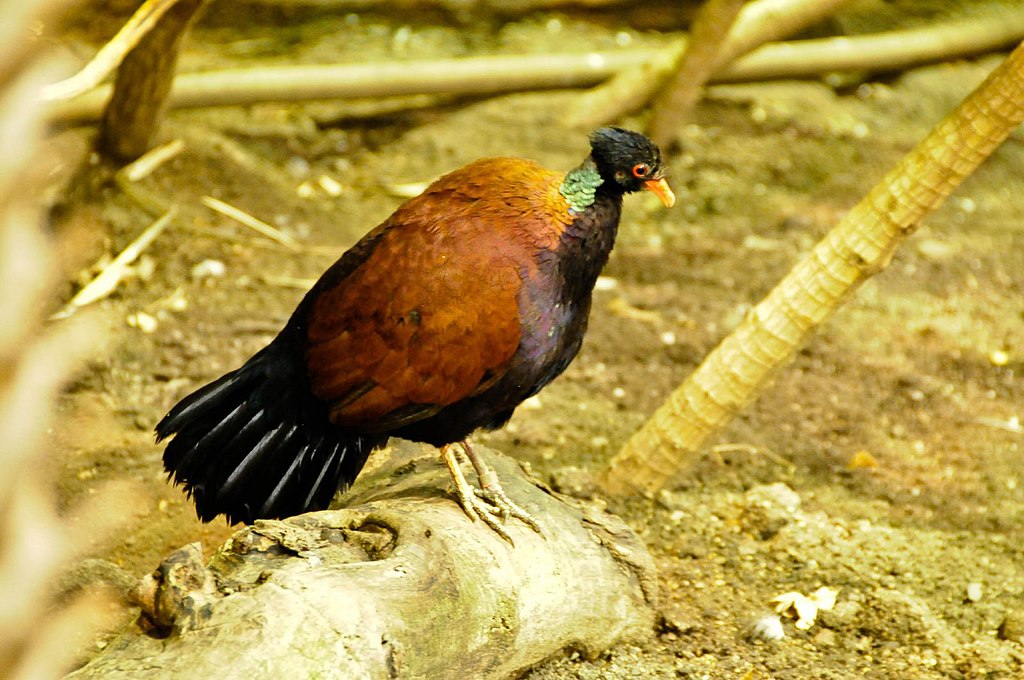
Many notable bird rediscoveries have hinged on the knowledge and involvement of local and indigenous communities who maintained awareness of species long after they disappeared from scientific records. The black-naped pheasant-pigeon’s rediscovery relied heavily on information from local hunters who guided researchers to areas where the bird was still known to exist. Similarly, Māori knowledge of the takahē, preserved in oral traditions as “moho,” helped maintain awareness of the bird’s distinctive features during its scientific absence. These examples highlight the importance of integrating traditional ecological knowledge with Western scientific approaches in biodiversity research. Successful conservation programs for rediscovered species increasingly emphasize community-based conservation models, recognizing that long-term protection depends on local support and stewardship. These collaborations often create economic incentives for conservation through ecotourism or sustainable harvesting practices that benefit both the species and the communities sharing their habitat.
The Challenge of “Extinction” Declarations
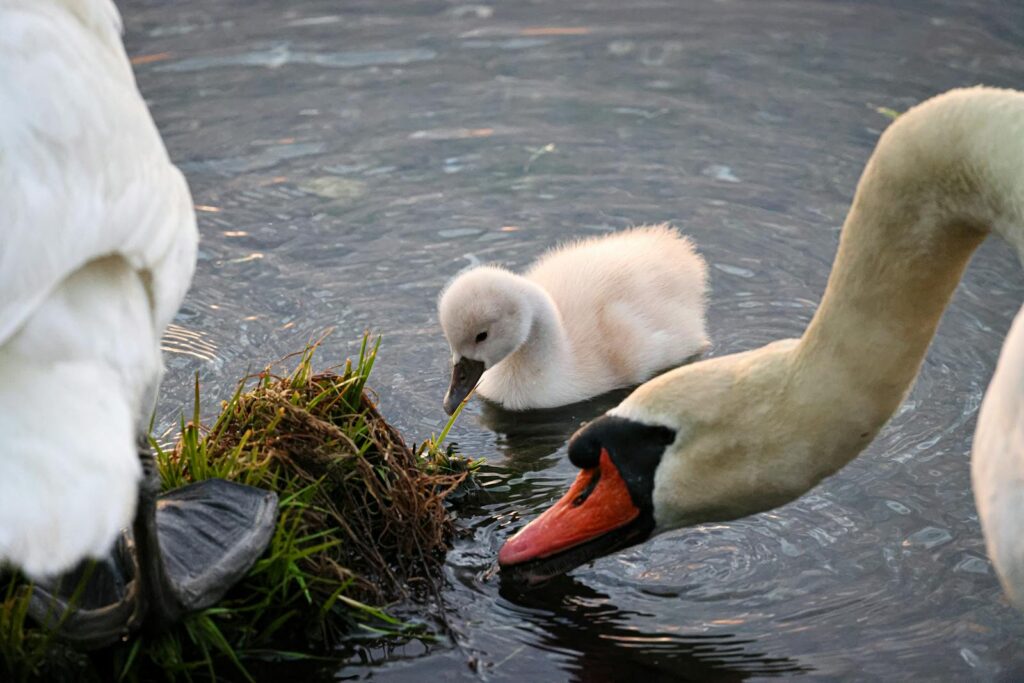
The phenomenon of rediscovered birds highlights fundamental challenges in declaring species extinct with absolute certainty. The International Union for Conservation of Nature (IUCN) employs stringent criteria before officially listing a species as extinct, typically requiring exhaustive surveys over extended periods with no confirmed sightings. Despite these precautions, the IUCN has had to reclassify numerous species following unexpected rediscoveries, leading to ongoing refinement of their assessment protocols. Conservation biologists grapple with the “Romeo Error”—prematurely declaring extinction and potentially abandoning search efforts and habitat protection for species that still exist in remote refugia. Conversely, the “Lazarus Effect” describes how rediscoveries can generate disproportionate attention and funding compared to equally threatened but less charismatic species that never disappeared. These tensions illustrate the complex interplay between scientific certainty, resource allocation, and the inherent limitations in our ability to monitor biodiversity comprehensively, particularly in remote or understudied ecosystems.
Future Prospects: Other Potentially Rediscoverable Birds

Several bird species currently classified as “possibly extinct” remain targets of ongoing search efforts, with some showing promising signs of potential rediscovery. The Eskimo Curlew, last definitively documented in the 1960s, is still sought by birdwatchers during migration periods, with occasional unconfirmed reports keeping hope alive. In Asia, the Pink-headed Duck, last seen in the wild in 1949, remains the focus of expeditions to remote wetlands in Myanmar and northern India, where suitable habitat persists largely unsurveyed. South America holds particular promise for rediscoveries, with species like the Kinglet Calyptura of Brazil and the Turquoise-throated Puffleg of Ecuador known from very few specimens and minimal historical information about their ecology or precise range. Modern technologies including environmental DNA analysis, automated camera traps, and drone surveys of inaccessible habitats are increasing the likelihood of future rediscoveries, particularly for cryptic, nocturnal, or highly localized species that may have escaped traditional survey methods.
Conclusion
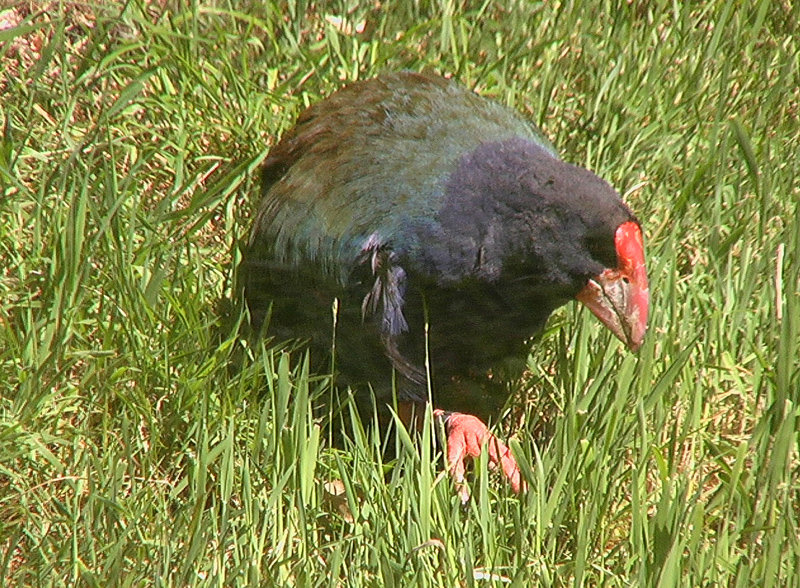
The stories of birds returning from presumed extinction represent some of the most inspiring narratives in modern conservation science. These rediscoveries challenge our assumptions about species loss and remind us that nature’s resilience sometimes exceeds our expectations. However, these Lazarus species shouldn’t be interpreted as diminishing extinction concerns—rather, they emphasize the urgency of habitat preservation even when specific species appear lost. Most rediscovered birds remain critically endangered, hanging on in fragmented populations far smaller than their historical abundance. Their return offers a second chance, not a guarantee of recovery. As we face accelerating biodiversity loss globally, these avian comebacks provide valuable lessons about persistence, the limitations of our knowledge, and the importance of never giving up on species that might still be hiding in the last remnants of their habitat, awaiting rediscovery.
